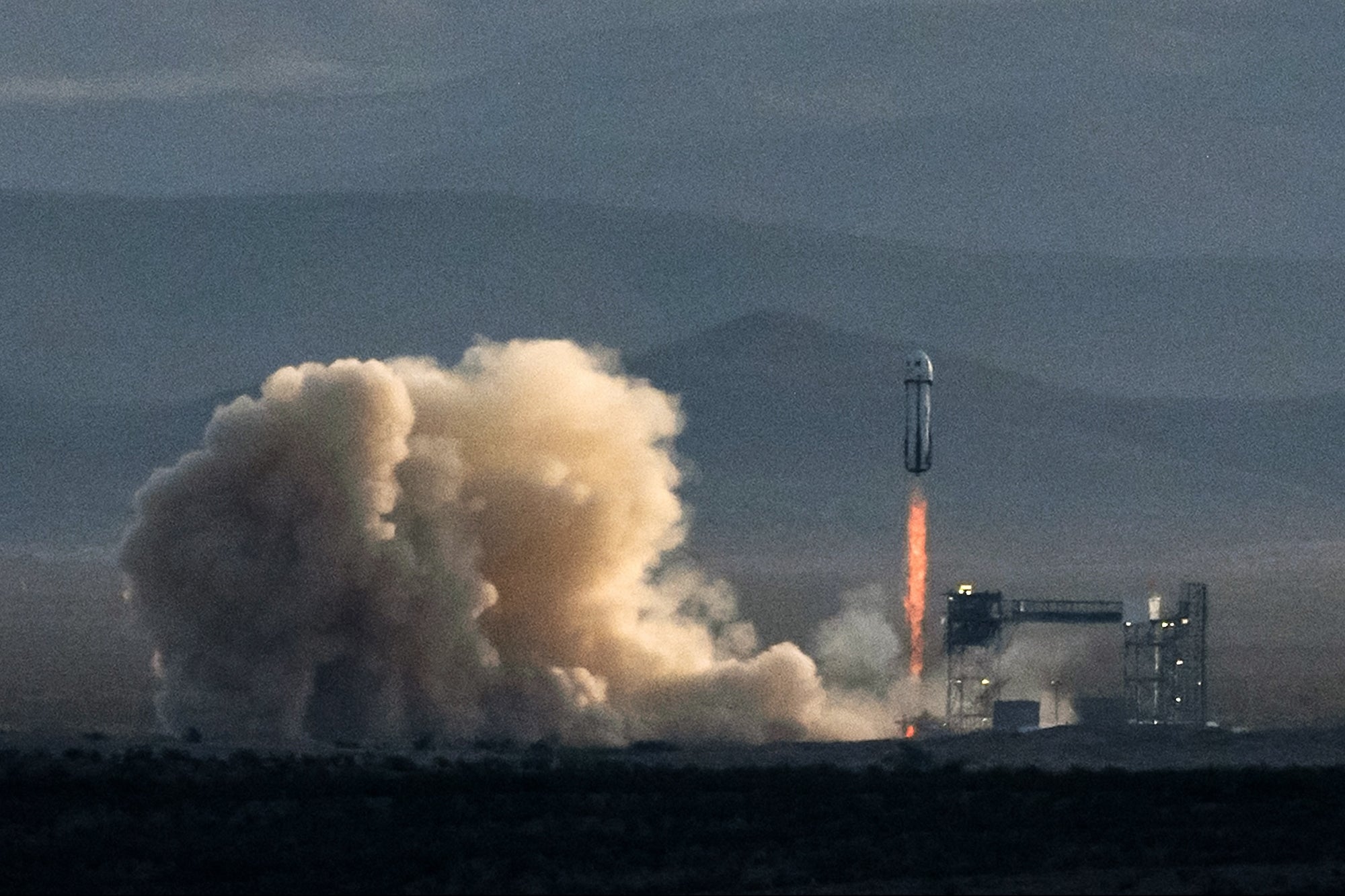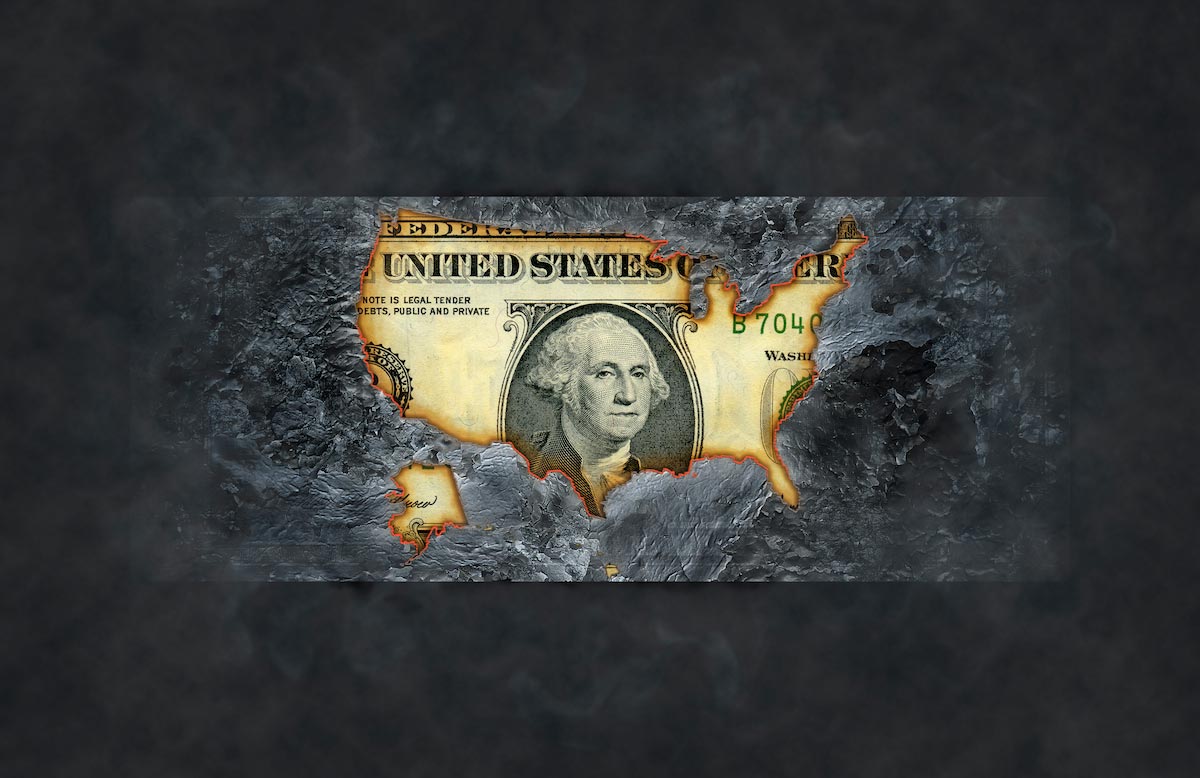Is the U.S. Heading Into a Recession Amid Trump’s Tariffs? ‘Liberation Day’ Fallout Sparks Fresh Fears
Here’s what you need to know about the fresh recession fears amid Trump’s highly controversial tariffs.


On April 2, President Donald Trump held his long-promised “Liberation Day,” during which he took to the Rose Garden of the White House and announced a vast swath of tariffs that he will be implementing. [time-brightcove not-tgx=”true”]
Trump’s “Liberation Day” moves saw the introduction of a 10% tariff on all imported goods, and additional import taxes—of varying degrees—placed on 60 other countries.
The U.S. and global markets have already started to feel the impact of Trump’s tariffs, with the U.S. stock market taking the worst hit thus far. The Wall Street slump and global dip in stocks have sparked fresh fears in economists and concerns as to whether the U.S. is heading into a recession.
In the aftermath of the tariffs, the U.S. dollar fell to a six-month low against the EURO, falling along with U.S. bond yields.
Read More: Trump Announces Sweeping Tariffs in Bid to Reshape U.S. Economy and World Order
Felix Tintelnot, economics professor at Duke University, says that though tariffs are meant to stimulate economic growth and production in the U.S., the uncertainty generated from the Trump Administration’s tariff delays and changes has had the opposite effect.
“Looking back over the last few weeks, we have had so many revisions to past tariff proposals that it’s really difficult to tell for decision-makers in the industry what the tariff policy will be in the next couple of months, and then the rational response to that is to delay investment,” Tintelnot says, remarking that people are expecting even further changes. “If everyone does that, then you’re generating a recession.”
Here’s what you need to know about the fresh recession fears amid Trump’s highly controversial tariffs.
What tariffs did Trump announce on April 2?
Trump had initially publicized his tariffs as “reciprocal tariffs”—meaning taxes on other countries equal to the existing tariffs foreign countries have set against American goods.
However, the tariffs announced on Trump’s “Liberation Day” were not, in fact, reciprocally calculated but instead were calculated based on countries’ U.S. trade deficit levels. Countries with which the United States have a higher trade deficit received a higher tariff.
In addition to this, the math used by the Trump Administration to come up with these tariffs also factored in each country’s exports to the U.S.
Per an Axios breakdown: “The formula is to divide the U.S. trade deficit with each country by that country’s exports to the U.S. The final reciprocal tariff was then divided by 2, with a minimum of 10% (which applies even to those countries with which the U.S. has a trade surplus).”
Tintelnot says that the logic is confusing—for example, Israel eliminated tariffs on U.S. goods on April 1, but were still hit hard by a 17% tariff in the April 2 announcement. The resounding response from the global economist community has been one of confusion about how exactly the incremental tariffs added on top of the 10% tariffs was calculated.
“It’s murky,” says Brian Bethune, professor of economics at Boston College, emphasizing his belief that the tariffs are likely to change again, adding even more “uncertainty” to trade policies.
“The fact that countries that charge zero tariffs on the U.S. have been hit with tariffs illustrates that these are not reciprocal tariffs in their true meaning,” Tintelot says, in agreement. “It is perfectly normal in an integrated global economy for a bilateral trade deficit to exist. A little introspection helps: You have a bilateral trade deficit with your grocery store, but a bilateral trade surplus with your employer. Why would you put a tariff on your local grocery store?”
Tintelnot also notes that this method of tariff calculation hits a wall because “trade deficit can change.” This only adds to the uncertainty already being expressed by businesses, and again, economists are in agreement that uncertainty is not good for recession calculations and only fuels the risk.



















_Aleksey_Funtap_Alamy.jpg?width=1280&auto=webp&quality=80&disable=upscale#)





















































